Over the past few years, you may have noticed a trend of walk-in and the doorless shower becoming more common. Although it’s been around for centuries in one form or another, this type of shower has increased in popularity recently because it is as functional as it is beautiful.
Doorless showers may or may not be for you, though. If you are trying to make this choice (“To door, or not to door? That is the question.”), this article will provide information aimed to help inform your decision: doorless shower definition, advantages, disadvantages, tips from professionals, and style ideas.
Doorless Walk-In Shower Ideas
Here are a few more inspirational ideas if you’re considering a doorless walk-in shower.
Walk-In Shower: No Door and No Glass
Many of the walk-in showers you see will have glass walls and doors. But that doesn’t always have to be the case. This shower is completely made with tiles with a centralized opening. Plus, showers made from tile hide water marks that you’ll commonly see on the glass. And tile works better for larger spaces.
And if you have the space to put a walk-in shower right next to your tub, this contemporary setup is perfect. There’s no glass. And the matching tile throughout the bathroom makes this space seamless and appealing.
Small Doorless Walk-In Shower Ideas
Walk-in showers without a door are absolutely feasible in small bathrooms. This shower offers plenty of privacy and fits nicely into this smaller space. The wall provides a barrier so minimal water splashes out. And there’s a window that offers plenty of natural light but can also cover up for more privacy.
Here’s another great example of a walk-in doorless shower in a small bathroom. Glass works well for tight quarters because other materials like brick or tile can take up a lot of space. And there’s plenty of room to get in and out of the shower without feeling cramped.
Doorless Shower With a Bench
A built-in bench is an excellent addition to your doorless walk-in shower as it provides a stable seating area. Being able to sit down in your shower can be relaxing. Shower benches enhance the look and can also be used for storing your shampoo and body wash bottles.
If your shower is spacious and open like this one, shower benches can serve as a leg rest to wash and shave your legs. Benches are incredibly convenient if you have an injury or need easy access to your shower.
How Big Does a Shower Need to Be to Not Have a Door?
To not have a door on your shower, your shower needs to be 36 inches by 36 inches because this is the smallest space a standing adult will feel comfortable in. At this size, it’s relatively easy to shower and will work well in smaller bathrooms.
Doorless Shower Dimensions
Wondering how big your doorless shower should be? Here are the dimensions for standard-size walk-in showers with no door.
- 36 x 36 inches is the smallest you can go.
- 42 x 60 inches is the recommended shower size for optimal comfort.
- 60 x 60 inches is much larger and great for wheelchair access.
- 72 x 72 inches is perfect if you’re going to a completely open shower design.
What is a doorless shower?
A doorless shower, also known as a walk-in shower, a Roman shower, or a roll-in shower, among other names, is a shower architecturally designed not to require a door or a curtain.
ADVANTAGES OF A DOORLESS SHOWER
It can be multi-functional.
A doorless shower can do double-duty: walkway by day, shower by night. Obviously, anything in the home that can inherently and stylishly perform two tasks, making the function of a home expand while the actual size stays constant, is a design that begs respect.
Create an open, spacious feel.
As the shower itself becomes visible (because it is no longer closed off from view by a shower door), that square footage is visually added to the entire bathroom, often doubling the perceived bathroom size. {found on artdesignbuild}
Lend themselves to universal design.
The aesthetic flow of the bathroom is not interrupted when a doorless shower is involved. In fact, the seamless entry and movement provided by a doorless shower is the epitome of accessibility and universal design. {found on lda-architects}
No more water spots on the shower door.
Hard water spots, streaks, and weird buildup are all part of a shower door’s life cycle. A doorless shower, by its very nature, immediately eliminates those struggles. Less time spent with a squeegee in hand = more time for sleeping in. And that’s a very good thing.
Spa-like luxury.
A doorless shower’s modern look and feel give the entire bathroom a sense of high-end luxury. Who wouldn’t like feeling as though they’ve entered a spa every time they step into their shower?
DISADVANTAGES OF DOORLESS SHOWERS
Limited privacy.
Of course, without a door, shower privacy will be limited. Depending on the tenant’s situation, it might mean that only one person can use the bathroom at a time. Those who lean toward incorporating showers without doors into their bathroom will need to be comfortable with that.
Potential for water splashes into the bathroom.
In doorless shower designs, there is a potential for water to splash into the rest of the bathroom. Careful planning, and having a big enough bathroom to begin with, are required to minimize this.
Drafty and chilly.
Let’s be honest – any space involving water and moving air (e.g., through the doorless doorway) runs a high risk of being chilly. Combat this by installing a heat lamp or radiant heated flooring.
Damage from escaped water droplets and steam.
No matter how careful the design, water will manage to escape the doorless shower, in some form or another, and infiltrate the rest of your bathroom. Minimize the damage by choosing proactive bathroom materials throughout the entire space – stone, porcelain/glass, metal, and engineered quartz to name a few.
TIPS FROM THE PROFESSIONALS
Opt for a corner location.
If at all possible, the corner walk-in shower without doors is much less invasive and much more space-efficient than a non-corner, simply because you can utilize the two existing walls to your advantage and aim the walkway away from other bathroom fixtures.
Choose a strategic showerhead.
Rain-mount shower heads or other shower heads that aim straight downward (as opposed to the angled shower heads of traditional showers) are less likely to soak the entire room.
Select Non-Slippery Flooring.
Although the shower integrates into the bathroom, it needn’t share the same flooring. In fact, for safety purposes, it should have its own non-skid flooring if the rest of the bathroom doesn’t.
Build a half-wall doorless shower to protect against splashing.
Particularly in tighter quarters, a half-wall can go far in minimizing the splashing throughout the rest of the bathroom. It can be a good design choice because a half-wall is not nearly as visually invasive as an entire wall, with its eye-level line-of-vision intact.
Slope the shower floor to the drain.
Whether your shower is doorless or not, you’ll want to be sure the shower floor slopes toward the location of the drain, be it in the middle of the shower or off-center toward the back wall.
Doorless Shower Style Tips
Keep it simple.
For some reason, showers without doors seem like a great, sophisticated thing. Perhaps this is true in some designs, but it needn’t be the rule. If your style is more down-to-earth, keep the design of your doorless shower consistent with that. A cheerful red bucket adds a bit of color and fun to a contemporary shower with white walls, simple windows, and a concrete floor.{found on chadbournedoss}.
Let the rest of the bathroom design flow into the shower.
Because the boundaries of a shower can be somewhat arbitrary, and because the shower is pretty exposed visually, it is important to choose materials that smoothly transition from the rest of the bathroom to the no-door shower. {found on debrayates}
Use similar but slightly different materials for the doorless shower.
A doorless walk-in shower can be the standout feature in a contemporary bathroom, so play it up even more with some subtle yet strategic design choices. Choose a surround that works with the rest of your bathroom but is distinct. Opt for shower fixtures in matte metallic to coordinate with the earthy wood tones elsewhere. Have fun with making this a focal point!
Doorless Shower FAQ
Are Doorless Showers a Good Idea?
Doorless walk-in showers have several benefits. And the first is that they are easier to clean. There are fewer nooks and crannies in walk-in showers and are clean with a simple wipe down. You can say goodbye to mold and mildew buildup on your shower curtains and doors.
Showers without doors create more space in your bathroom, making it more functional and stylish. But ultimately, it’s up to you and the design you want for your bathroom.
How Do You Keep Water In a Doorless Shower?
A walk-in shower is typically customized to fit in your bathroom. And during the renovation process, the floors are ever so slightly sloped down towards the drain. You can also add more drains to your shower to further reduce the risk of water spilling out onto the bathroom floor.
Another option is to get a waterfall shower head. These have a gentle water flow and can prevent excessive splashing. Or you can place splash guards in the corners of your shower floor to keep water from leaking out.
What Are Doorless Showers Called?
Doorless showers are also known as walk-in showers. Walk-in showers commonly have doors, and doorless is a specific type of bathroom walk-in shower that doesn’t have a door.
They can also be referred to as curbless showers, as many doorless showers don’t have curbs either.
Luxurious Doorless Showers for Your Bathroom
While showers without doors have some drawbacks, a walk-in shower creates a nice roomy feeling in your bathroom. Besides, doorless showers are more convenient and luxurious with their seamless transition from the rest of the bathroom to the shower. It’s perfect if you desire a minimalist and relaxing bathroom style.
The post Doorless Shower Designs Teach You To Go With The Flow appeared first on Home Decorating Trends - Homedit.

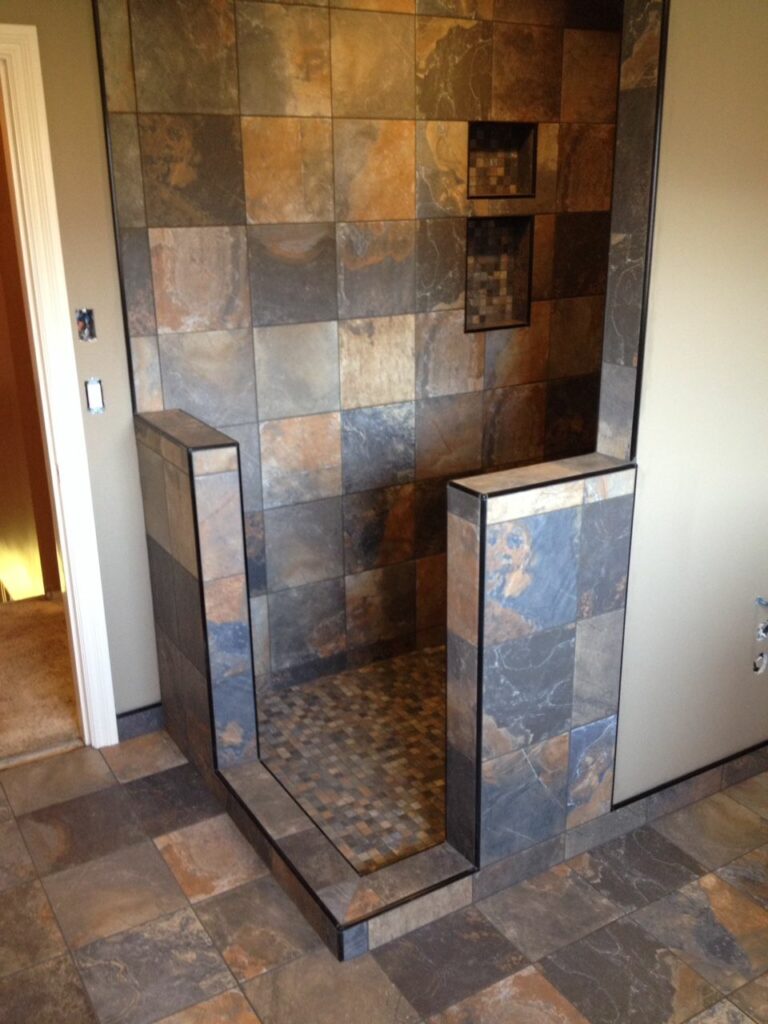


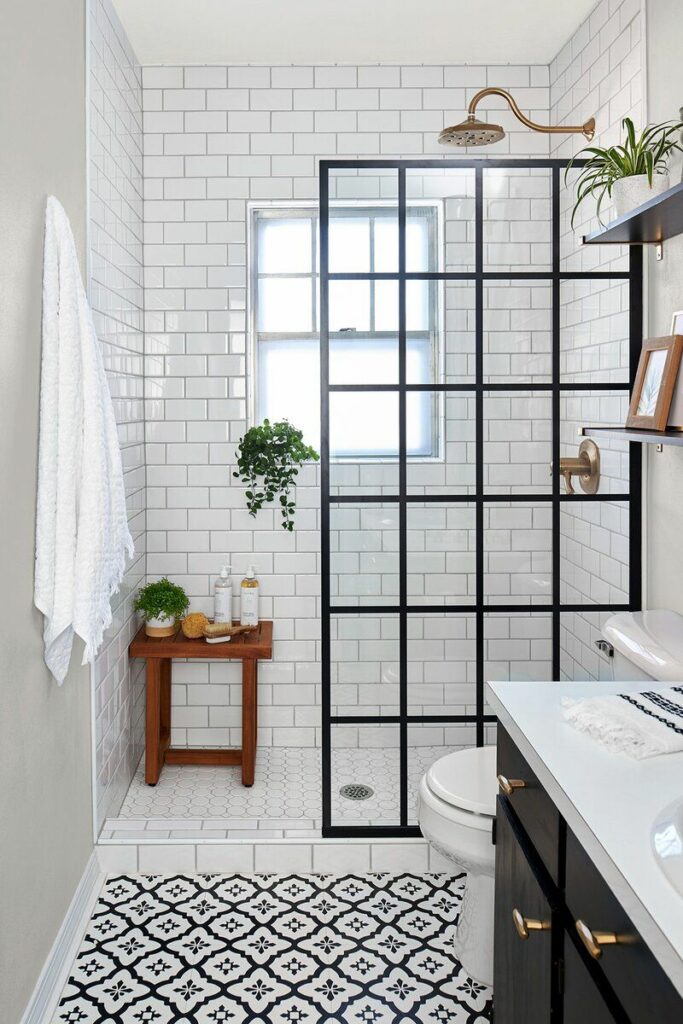







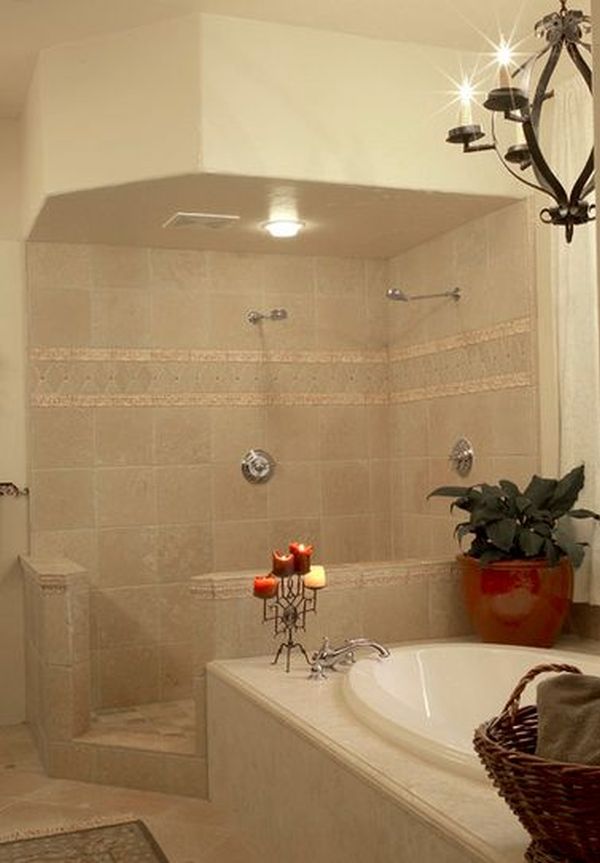





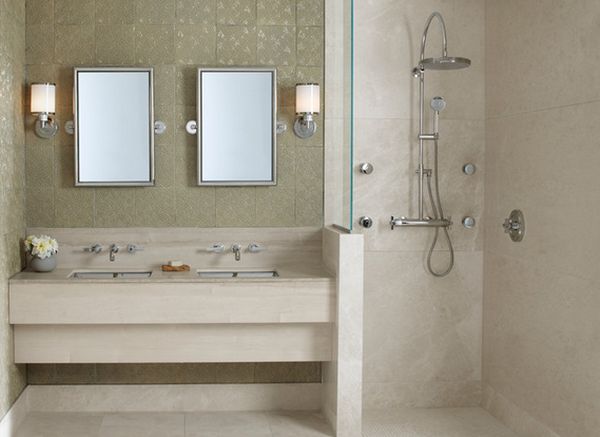


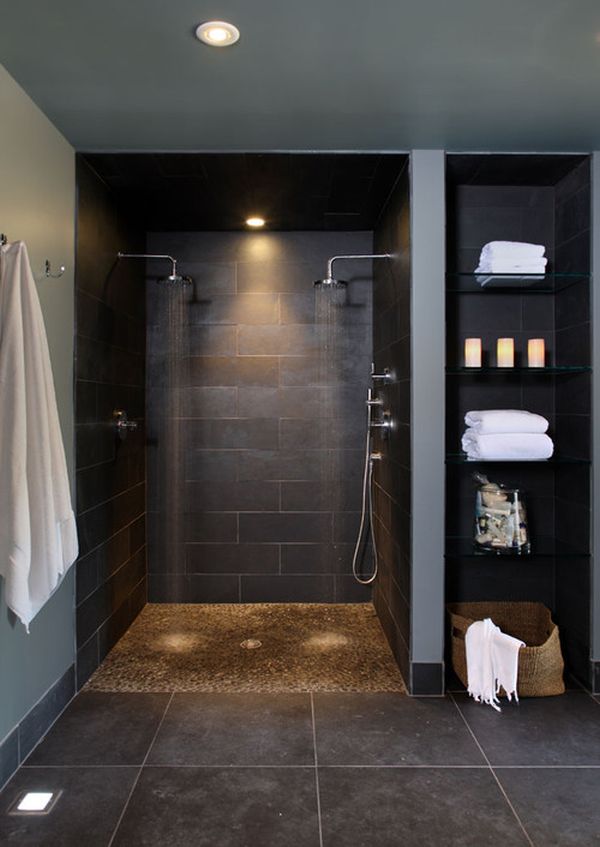

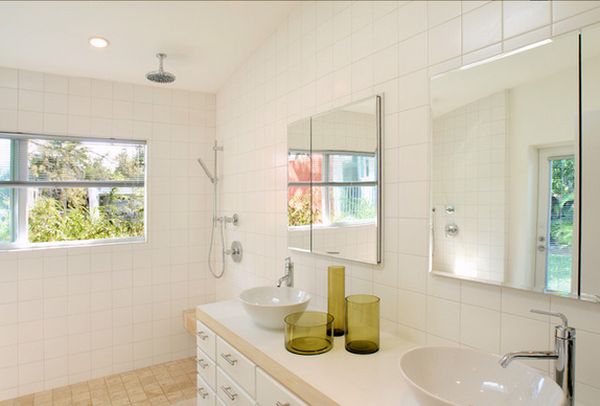

0 Commentaires